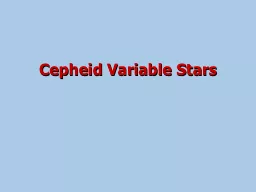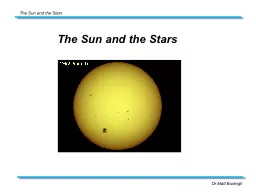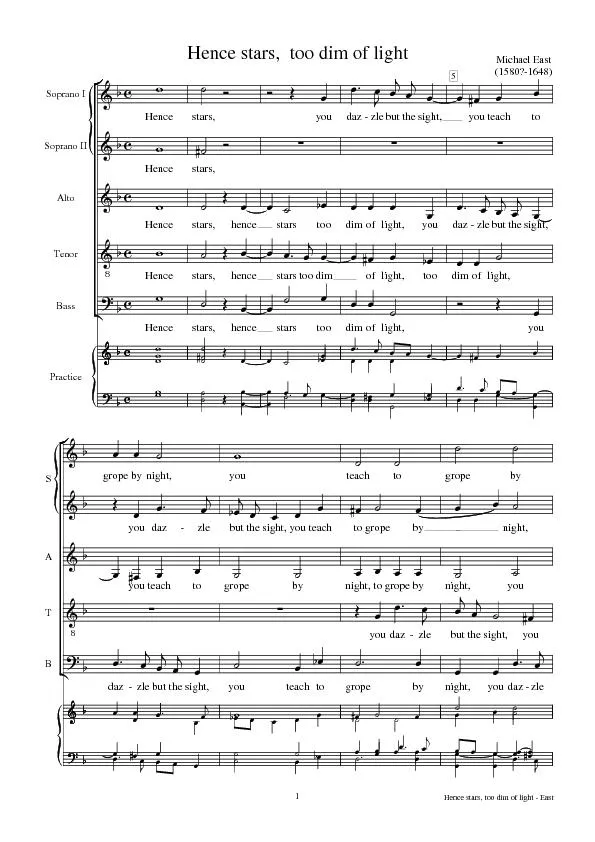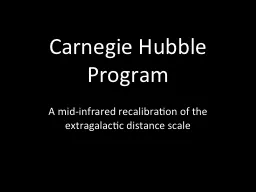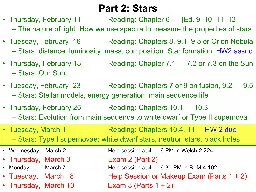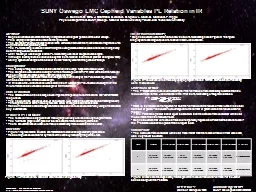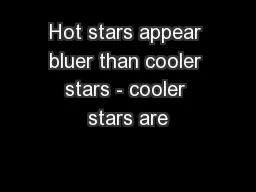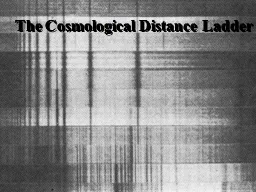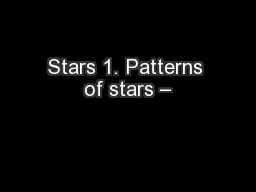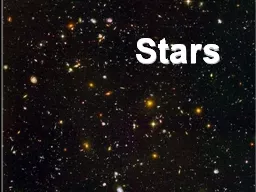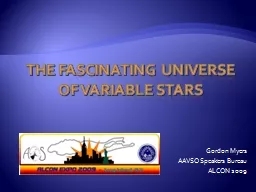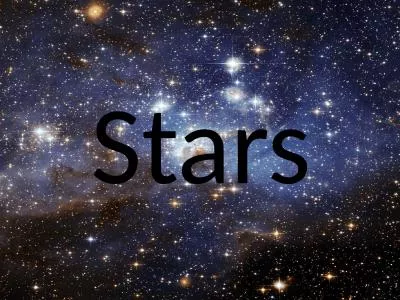PPT-Cepheid Variable Stars
Author : myesha-ticknor | Published Date : 2017-06-03
Cepheids Very late in their lives massive stars can pass briefly through a stage in which they are unstable During this stage their outer parts oscillate pulsate
Presentation Embed Code
Download Presentation
Download Presentation The PPT/PDF document "Cepheid Variable Stars" is the property of its rightful owner. Permission is granted to download and print the materials on this website for personal, non-commercial use only, and to display it on your personal computer provided you do not modify the materials and that you retain all copyright notices contained in the materials. By downloading content from our website, you accept the terms of this agreement.
Cepheid Variable Stars: Transcript
Download Rules Of Document
"Cepheid Variable Stars"The content belongs to its owner. You may download and print it for personal use, without modification, and keep all copyright notices. By downloading, you agree to these terms.
Related Documents

